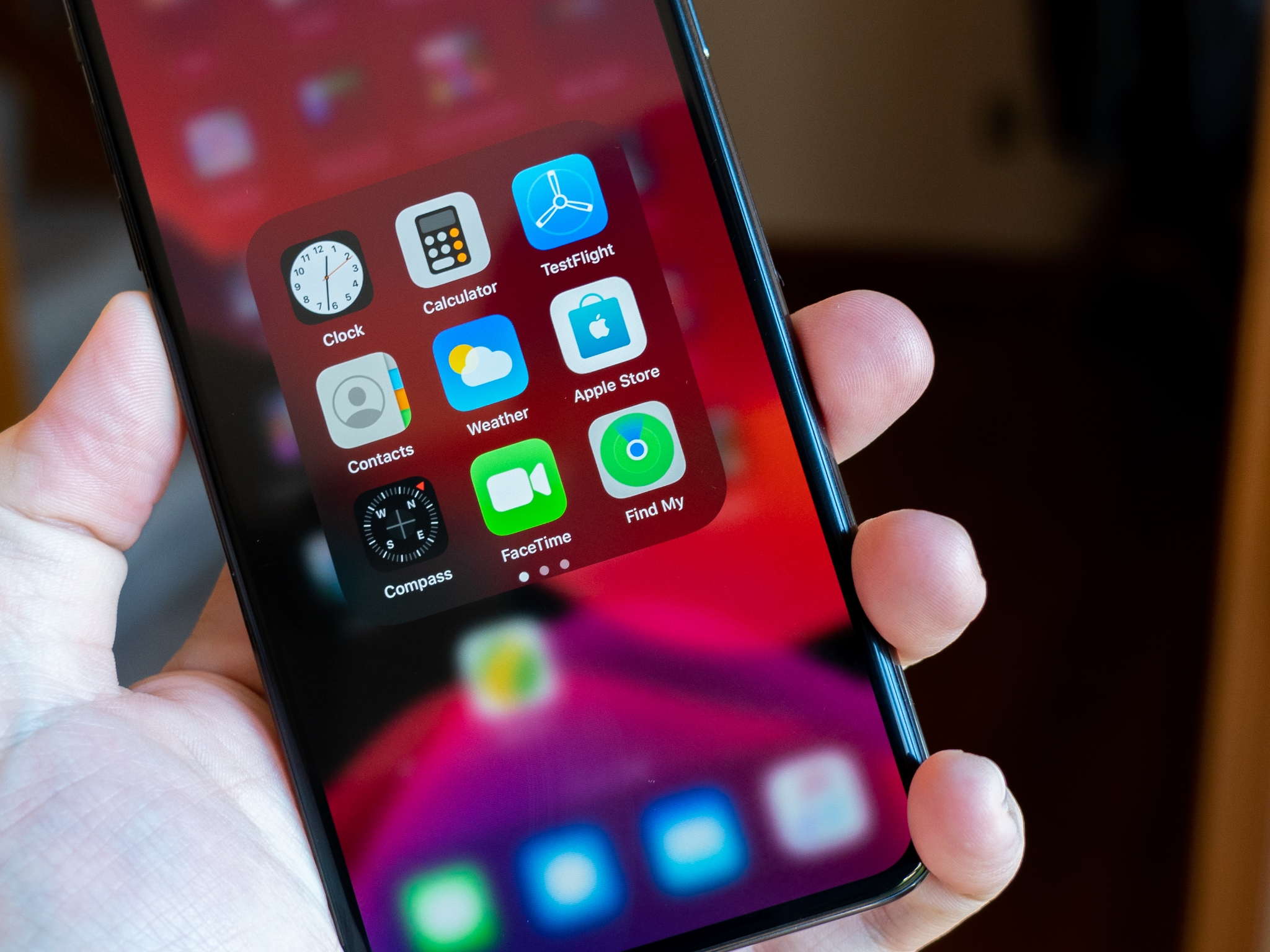Epic Games CEO calls Apple Find My 'super creepy surveillance tech' that shouldn't exist
Not sure he understands how this one works (again)

Find My is a powerful tool for keeping tabs on your iPhone, AirTags, or other Apple gear, but its ability to contact a lost device's owner is one that you'll hope you never need. Or it's something you'll complain about if you do have to use it.
Maybe that last one's just Tim Sweeney. The Epic Games CEO is back in the headlines after slamming Apple's Find My. He called Find My 'super creepy surveillance tech' that shouldn't exist... after his own Mac was stolen.
This feature is super creepy surveillance tech and shouldn’t exist. Years ago, a kid stole a Mac laptop out of my car. Years later, I was checking out Find My and it showed a map with the house where the kid who stole my Mac lived. WTF Apple? How is that okay?!July 30, 2024
In the full tweet, Sweeney wrote: "This feature is super creepy surveillance tech and shouldn’t exist. Years ago, a kid stole a Mac laptop out of my car. Years later, I was checking out Find My and it showed a map with the house where the kid who stole my Mac lived. WTF Apple? How is that okay?!"
In follow-up replies, the CEO decided to double down on this rhetoric explaining he was "creeped the hell out by having unexpectedly received the kid’s address, and turned off Find My iPhone." He proceeds to say that after the devices are stolen, the "process of detection and recovery should be mediated by due process of law and not exposed to the owner in vigilante fashion."
Where do I even start?
A quick reminder on how Find My works and why it's good (not that you needed it)
Honestly, I'm pretty stumped here. It's not often you have someone criticising a feature that works exactly as designed, especially when they need it.
Apple's Find My lets you track down your misplaced Apple gadgets by harnessing the power of GPS, Wi-Fi, cellular networks, and a sprawling network of nearby Apple devices. When your iPhone or iPad goes AWOL, these tech wonders pinpoint its location and display it on the Find My app. Even if the device is offline or has a dead battery, it can still be tracked using Bluetooth signals. These signals are picked up by nearby Apple devices, which then discreetly relay the lost device's location to iCloud, allowing you to see its last known spot on a map. Plus, Find My offers features like playing a sound on the lost device, marking it as lost, and remotely wiping its data to keep your privacy intact. And let's not forget that the feature is baked in.
iMore offers spot-on advice and guidance from our team of experts, with decades of Apple device experience to lean on. Learn more with iMore!
When you lose a device, Find My's only function is to show you where it is. You can then work with law enforcement to find the device, which is what Apple encourages, and has been successful many times. For the sake of clarification, Find My does not show the address of any particular person – just where your device is. Sweeney explains his Mac device was never recovered, which is why it shows the thief's address years later.
More from iMore

Connor is a technology writer and editor, with a byline on multiple platforms. He has been writing for over eight years now across the web and in print too. Connor has experience on most major platforms, though does hold a place in his heart for macOS, iOS/iPadOS, electric vehicles, and smartphone tech.
